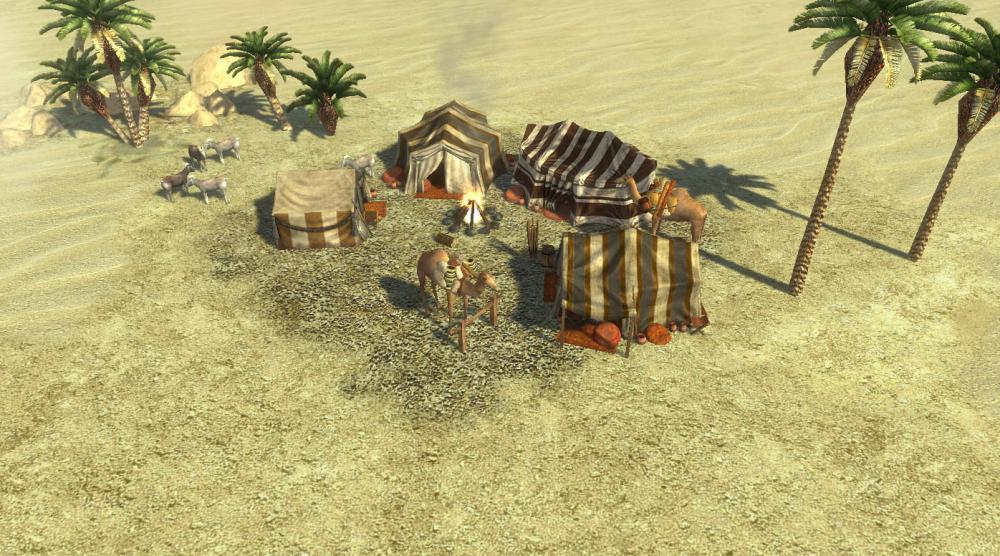Leaderboard
Popular Content
Showing content with the highest reputation on 2017-03-29 in all areas
-
Musawwarat es-Sufra: A Kushite cult center An aerial shot of the Great Enclosure at Musawwarat es-Sufra, not only showing the ruins, but also the unique landscape. Musawwarat es-Sufra was a large temple complex and cult center in the Western Butana, 20km from Naqa. It doesn't quite resemble anything found in the Nile Valley so far. In fact it is not even built by the Nile, but lies 35km to the east of it, in the Wadi es-Sufra, a seasonal river that turns into a rapid stream during the yearly rains. The complex features temples, courtyards, fruit-gardens, water-reservoirs, workshops, kitchens, store-rooms, possible royal residences and long walled corridors, perhaps separating royals pilgrims from commoners, as well as a smaller secular enclosure. The Kushites themselves called this place "Aborepi", in ancient Meroitic. A map of Musawwarat es-Sufra showing the Great Enclosure (I A), the Small Enclosure (I B), the Lion Temple (II C), the Great Hafir (II H) and the Small Hafir (I E) Detailed map of the Great Enclosure The earliest known structure from Musawwarat is the Great Hafir, a massive water reservoir built to capture surface runoff from the Wadi es-Sufra's seasonal water-flow. With a diameter of 250 meters and walls reaching 11- 12 meters, it is the largest hafir known in Sudan, and seems to have been built during the Napatan Period between the 6th and the 4th centuries BCE. It's sheer scale is somewhat of an enigma, considering the apparent absence of any significant settlement outside of the Small Enclosure dating to the Meroitic period. The absence of Meroitic graves in the valley also indicate that burial at this site was not allowed. Some of the earliest modern depictions of the site. Most of the current ruins found at Musawwarat (the Great Enclosure and the Lion Temple) date to the Meroitic period, and were built during the third century BCE. Parts of the Great Enclosure do overlay older Napatan ruins. The specific function of this site has been a greatly contested subject. Many theories exist, including: A royal hunting abode, the large courtyards supposedly being used to house wild animals. An elephant training center, because of it's layout of large courtyards (holding pens?) and ramps, and a significant amount elephant depictions found here, and the fact that Greek/Ptolemaic expeditions "sometimes numbering hundreds of men", came to this area specifically to acquire war elephants during the 3rd century BCE. A royal palace, because of the idea that at least some of these structures were (non-permanent) royal residences, thought to feature a throne room. Or simply as a large cult center, hosting major religious festivals drawing in countless people and royals on regular basis. I'm inclined to believe there is at least some truth to all of the aforementioned theories. A historical reconstruction of temple 300 in the Great Enclosure. The actual ruins of temple 300 The Small (secular) enclosure. More details of the Great Enclosure The following images are from the Zamani project. The Zamani project is a research group at the University of Cape Town and part of the African Cultural Heritage Sites and Landscapes Database. As with many other sites across the continent, they have created a detailed 3d model of the great Enclosure. A unique Kushite feature is the incorporation of statues as columns for supporting roofs, often depicting deities. This example is from Musawwarat. The Elephants of Musawwarat: This final image depicts a Kushite god of fertility, riding an elephant. Although it's still not conclusive evidence of Meroites using elephants in warfare, these depictions are changing my mind about including a simple elephant unit for Kush, which would be a helpful addition for siege.3 points
-
3 points
-
Personally, I'd also love to see the Nabataeans and especially the South Arabian Sabaeans, with their capital at Marib in modern day Yemen as playable civs. One can only dream The ruins of old Marib, the most powerful city in the southern part of the Arabian peninsula. They built the Great Dam of Ma'rib, considered "one the engineering wonders of the ancient world". The temple of Awwam, also known as Mahram Bilqis, was a center of worship for the South Arabian lunar deity called Almaqah A beautiful example of the ancient South Arabian, or Sabaean script. And another one2 points
-
Im not sure for example scenes? Or things like this? the ticket for SP Campaing is: http://trac.wildfiregames.com/ticket/43871 point
-
Aquí está lo 3D del tutorial de la caja en español, es absurdamente fácil. Lo complicado será ...no hacer una caja.1 point
-
Id really love to see an Arabian kingdoms mod, there were many kingdoms that were around during the time period of the game, such as the Nabataens, Lakhmids, Ghassanids, kingdom of Himyar and Hadramaut. I think theres alot of potential to see interesting units when using these civs, i wish i knew how to mod games i would make the mod myself, but if someone can make a mod that includes some of these nations, even if just one nation, id enjoy that very much.1 point
-
Implementación 3D Aquí vamos a pasar por los requisitos básicos de la creación de un modelo con textura (UV Mapped) y la exportación como un formato Collada DAE en formato 3D PASO 1 - Abrir Blender (siempre se recomienda la última versión de Blender) PASO 2 - Vamos a usar el cubo que aparece de forma predeterminada en la ventana de Vista en 3D de Blenders: Lo primero que vamos a hacer es cambiar de 'Object Mode' a 'Edit Mode' (podemos acceder presionando la tecla Tab/Tabulación): PASO 3 - Una vez en el modo de edición, vaya a Mesh> UV Unwrap ...> Unwrap: PASO 4 - Sorprendentemente eso es todo lo que necesitamos hacer en este ejemplo muy simple. Así que ahora podemos exportar el archivo de modelo 3D volviendo a 'Object Mode', seleccionando el cubo, e ir a File> Exportar> COLLADA (.dae): File > Export > COLLADA (.dae):o File > Export > COLLADA (.dae): PASO 5 -En la ventana de exportación que se abre, seleccione 'Export only selected': PASO 6 - cambia al nombre que más se adecue ejemplo : wrld_crate_test.dae Y dale clic a 'Export COLLADA':1 point
-
bueno, que no se diga que no lo intentamos... hasta "aprendí" blender y todo...1 point
-
@wowgetoffyourcellphone: you will notice "I don't really understand" and also "if they can train". Now I understand a bit more, "Spartiates" means "spartans champions".1 point
-
Capture The Relic gamemode in the catafalque variation was implemented in D152. They will recieve unique bonuses and auras just like alive heroes D269. A gamemode with artifacts that have to be picked up and garrisoned is not ruled out but compatible to the above gamemode and can be done once we have entity pickup #28.1 point
-
Just putting it out there: 4. Make it a gamesetup option to allow dropsites in neutral territory that is disabled by default.1 point
-
1 point
-
If AOEO had looked more like this, I wouldn't have balked. https://www.artstation.com/artwork/QEvnl1 point
-
1 point
-
AIs are easy to beat especially maps with treasures. You raid a bit and some units are drawn into your camp to get slaughtered. I played against 2 very hard AI before at 250 pop cap(+50 max) the game lags and only .1 speed works. Now I'm limiting my pop to 200 and seems to work up to .5 speed. My pc is decent(Alienware 17, 2.0 mz, 8 GB memory). Never lag on 7 AI on other RTS games. I think the AI should be able to make market and build merchant/s with limit. 1 for sandbox, 2 for very easy and so on up to max 3 then max of 3 merchants each thereafter every market/dock built. There are times that too much merchants get bogged down into tight spaces especially the AI build buildings (houses) too close to each other thereby hindering trade outputs. As in the dock the markets should have a toggle to lock it prohibiting usage. The walls should be improved too if necessary to have a toggle to be locked if you don't want AI allies to use it. One observation I found on the team game was that if you garrison your unit on AI buildings it gets lost (you click on AI building and you can't see or remove your unit) while the AI can enter/heal on my CC. Another thing is the AI/human on single player mode should not be able to build a new CC too far outside its/allies boundaries until another technology would allow. I think about half the diameter of the original is reasonable. This would allow the AI from having closer defense units/buildings from the main base. If not aggressive factions could easily beat and destroy a CC without much resistance. Another thing I notice if Iberians have walls in the beginning it has no gates. I haven't tried the hardest but now I'm playing to have a team game 2v2 very hard AI with iberians as allies. I set it to medium coz I doubt they will build a market if I set it to sandbox. The map is very nice, Tuscan Acropolis and it's very enjoyable.1 point
-
1 point
-
No. Not all team bonuses are implemented. Those descriptions in that civ menu are just ideas of what could be implemented.1 point
-
I doubt someone will be able to create the ultimate guide yet as there are probably many changes still to come for the triggers, for now one will probably have to rely on e.g. http://trac.wildfiregames.com/wiki/Triggers and learning by editing the existing trigger maps. Not sure how much sense Javascript code would make to someone if they are not at least decently comfortable with English though, so maybe he should wait for when/if we have GUI triggers in Atlas1 point
-
Wow, "weak countryside, strong core"this is the kind of mechanics I always wanted to see in age of empire or in any RTS actually. Nice to see im not the only one.In think it would be more coherent if all building that can be build in the neutral zone would cast at least a small territory. There would be a line for the national border, and another for the city-limits(that could appear only when you want to construct a building that as to be built within a city limits) So that way, you’ll have to build an Outpost or Dock that cast territory before you build a Storehouses and Farmsteads. Maybe you could also build wooden walls and wooden defences to protect those small outposts. it would go into the direction of = Outpost settlement - weak settlement for gathering ressources, conquer new shores or to take strategic point on the map City settlement - Strong settlement to expand dramatically territory, enable trading, build more buildings, armies and better defences SMALL DESIGN THOUGHT - I definitely think that civic center should look more like a camp at first and grows up as a real city center as the city changes phase. It would be the same for new City settlements. Something like that image (i like the idea around the well)1 point
-
1 point
-
My turn. Workers. Woman as is no change. Cheap and can be made at houses. Villager: various names per civilisation: slave, worker, peasant, tributary, tribe kin, etc. Intermediate between woman and citizen soldier in cost, stats and fighting ability. Better at gathering wood and mining than citizen soldier. If named slave capture speed is tripled, faster. They don't need supervision. Few slaves did in rome for example. Citizen soldier: more or less as is but with really bad morale on enemy ground. They fight defensively with a bonus on their territory's land. This means they can defend and raid, but limits the over whelming early rush because in taking damage they run home to mommy. Still level up and diminish in gathering skill but the moral limit matters. Morale can be buffed with a hero aura making them useful in a final battle. Expediting morale could solve a few other problems. Gathering Almost as is but with: A high value ore added. Copper, Silver, Gold, Amber, Opal, All this is just the name you get in the menu text and when you mouse over. You could set it so that the name field is name_high_value_ore, name_high_value_material with the game engine filling in the blank in both resource counter and the unit requirements. Allows you to further differentiate the maps, civilisations and champaign stories. Long term though. Techs at the town center that boosts the carrying capacity of gatherers to keep up with gathering speed. So the ant train is not needed. Wagons, pack animals and sleds added to different races. These count as drop off points for loggers and miners and when full these pack up path to the nearest storehouse and drop and then return. Their carrying capacity is 5 to 15 times that of a gatherer. Move the stuff faster to prevent gatherer spam. Mine workings. Buildable on a stone or ore body. Only available high in the mining technology tree. Greatly reduced yield than mining but never runs out and is unmanned. No operator needed. Automatically feeds to nearest store house but with a distance limit. 10 tiles maybe. Capturable so needs protecting. Coppice. Special resource technology, high in the logging tree. Once researched when a tree is felled it is replaced with a coppiced stump. After a short period it becomes a mature coppice tree which may be logged again. 2 models Stump and tree see picture. Secondary farm. This is the other farm model from older builds. Set it to only be built by the woman, tiny bit higher cost in food not wood. It provides the same continuous yield of food but also provides a tiny yield of wood prunings. Also makes the farms visually more interesting. As a result you can't absolutely run out of resources late game and have to lag the game out with trade carts. Crafting Technology. A new building class: Master craftsman = +3 population and allows several artizan processes. Gemcrafter: Consumes food and Stone and produces a small amount of silver and iron. Tailor: Consumes food and iron and makes a small amount of silver. Fine carpentry: consumes food and wood and makes two times the wood consumed: actually making the wood go further. Leather worker: consumes food and wood and makes Iron: actually making the iron go further. The first two are simply alternatives to trading while the second two are about efficiency of resource use fleshed out a little. The small Population boost is due to the historical fact that they tended to be homes. Military Barracks units the same as now but with citizen soldiers already upgraded as far as fighting is concerned with down graded gathering but much higher moral and fractionally higher cost and if possible in battalions. Barracks scout units are nerfed to make them true scouts. Give them low morale. Battalions like boats: Path marker = single pathing element and single hit bar. All Actors reference the path marker which is also a translucent ground plane under them. Essentially a semi visible land boat. It's selectable. Thus only the path marker is selectable, pathable and in some cases attackable. The actors on it have animations and fire points but do not move relative to the path marker. When the hit bar reaches 5-30%, depending on civ and upgrades the battalion is removed with all actors removed and replaced with 1 to 4 units of the same type on half damage. The survivors. Battalions have morale. Barracks and building make Battalions with cost slightly less than individual unit cost multiplied by the number in the battalion. Some smaller battalions are garacanable. Barracks can still make some single units. Mixed unit battalions from Barracks, fort or wonder. All large boats have a separate battalion capacity of one or two but they are not shown on deck. New military class robbers: Spy, pocher, thief, bandit, raider. Name varies by faction/ civ. High armor and morale very low damage. A wimpy tank. Any attack from them adds a small bonus of stolen loot to the robber. He then needs to get back to a drop off point when load is full, Small load. Creating a very low yield random resource with other uses as a slow foot scout, decoy or kiting unit. Basicly just another late game resource source and tool for campaigns. Many wars were started by thieves fleeing back home and having a good story. High armor because stealth is not in the game yet. May deploy to hide from the player plus an aura that reduces view distance. General map Some barbarian NPC units, buildings and pre-placed mine works on random maps. Not a gaia faction. Controlled by gaia AI but with no build units. Some maps larger or with fewer factions in the menu.1 point
-
In Delenda Est, is a good point, you can go for resources that are far, but if the enemy starting to fight with you for them, you can create a CC to have full access and exclusivity to drain that resource and secure the zone.1 point
-
Correct, CCs are available in phase 2. You'd build a CC to deny resources to your opponent and to build buildings. I think it's not too much of a nerf. It's a problem on RMs because some are just terribly balanced, so you end up without metal or stuff. It also sometimes forces you to place your CCs in a braindead way, not as strategical way. Ok on the worker elephant I guess, it might need a buff.1 point
-
@Imarok: it makes the early stages of the game more interesting and less about creating champions asap. Combined with the reduced amount of gatherers per resource entity it highly encourages the players to expand early. This in turn encourages scouting, raiding, positioning your defensive armies (since with the reduced LOS and speed your army requires some time to move around) and whatnot... @wraitii: yes, but as said I think you can't limit your scope on this particular topic. It requires an agreement on the bigger countryside concept first before you can step into implementation details1 point
-
Oh I remember well... Was a tough mission I think it makes sense to distinguish between artifacts (wheeled relics) and normal relics and provide both...1 point
-
@Lion.Kanzen i found a photo of jordanian men "recreating" nabatean military dress: And i didn't use @Apkallu shield because it look more kedarite than nabatean: Hubal was the kedarite principal god, Dhushara was the principal god of nabateans but i don't know what symbol i can use for Dhushara. If you like Apkallu's shield we can use it .1 point
-
1 point
-
@wowgetoffyourcellphone I really like these ideas, but i am very noob to do most of this ideas at this moment ... I can try with stall building, but i compared stall xml file with the house xml and i don't know how to convert the stall to a house-like building... We can use the mercenary camp to do this. I suggest to use the Qasr Marid as a fortress:1 point

.thumb.png.ce58cea22940c255f5b0a735d5abee36.png)


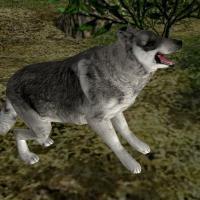
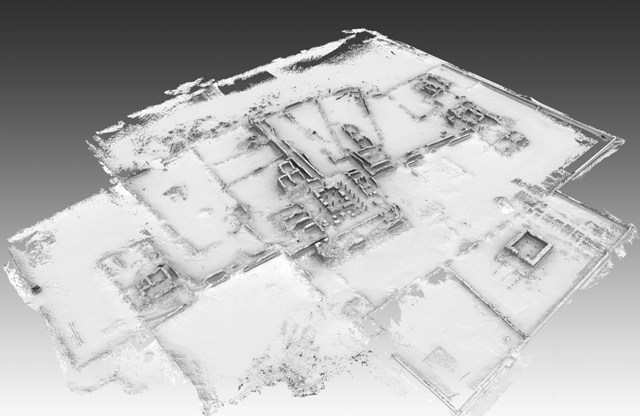
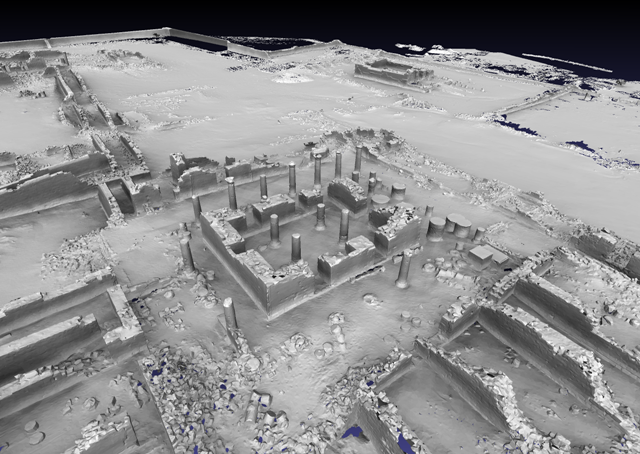
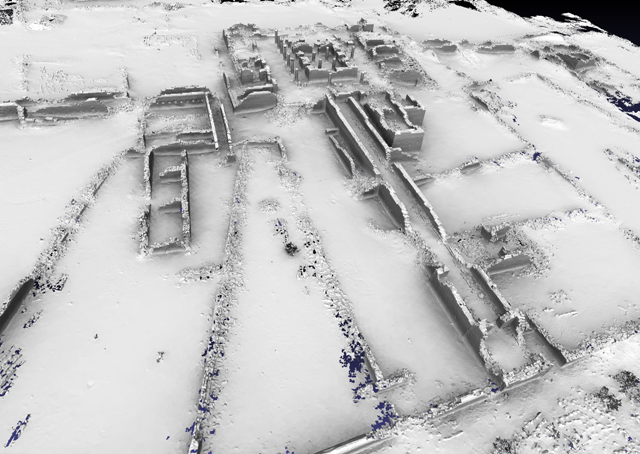
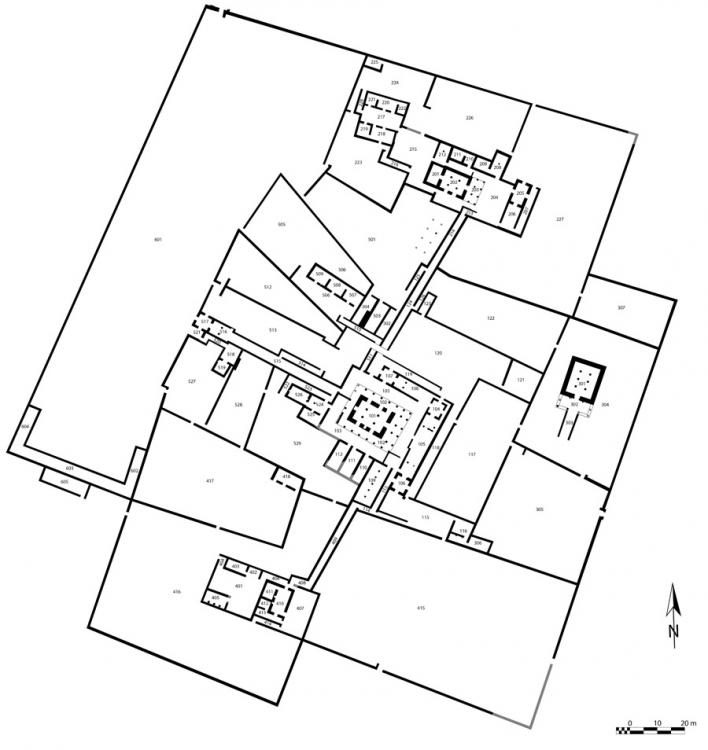
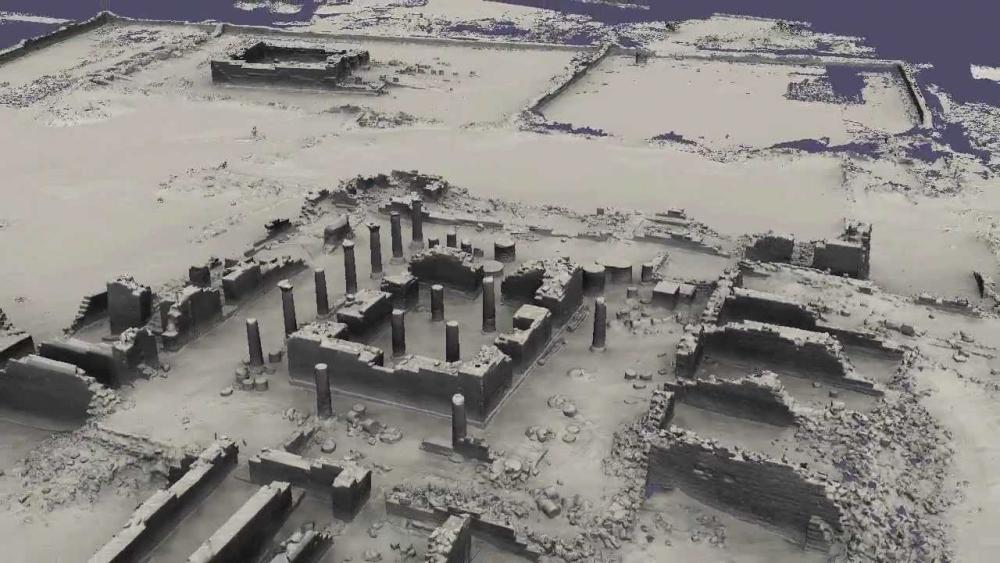
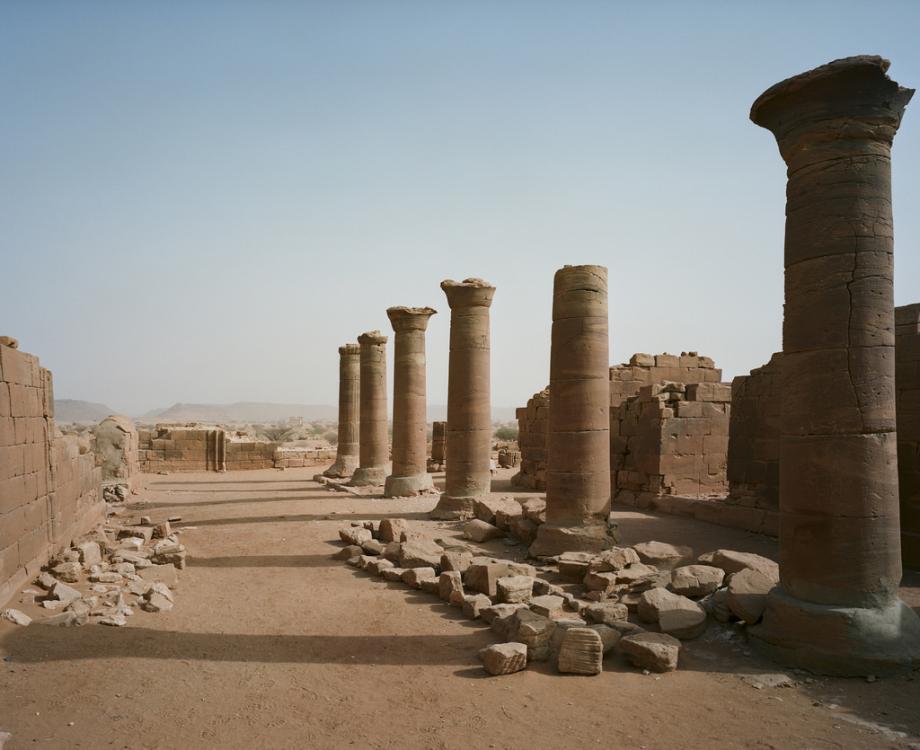
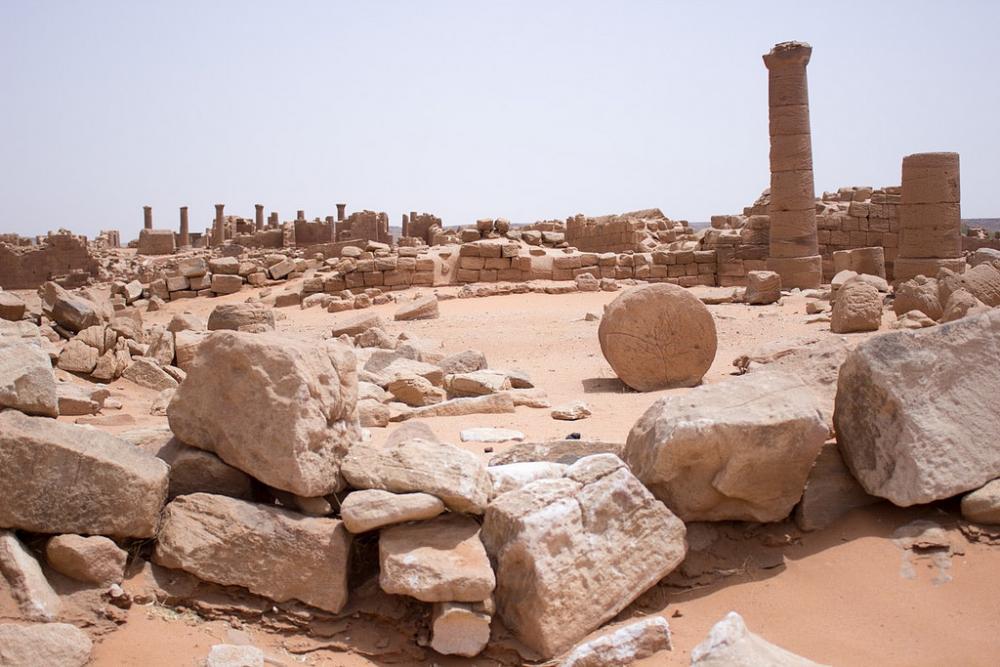
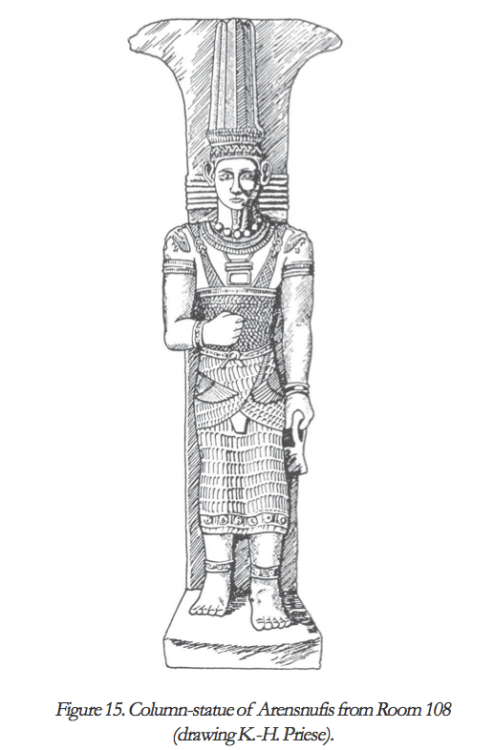
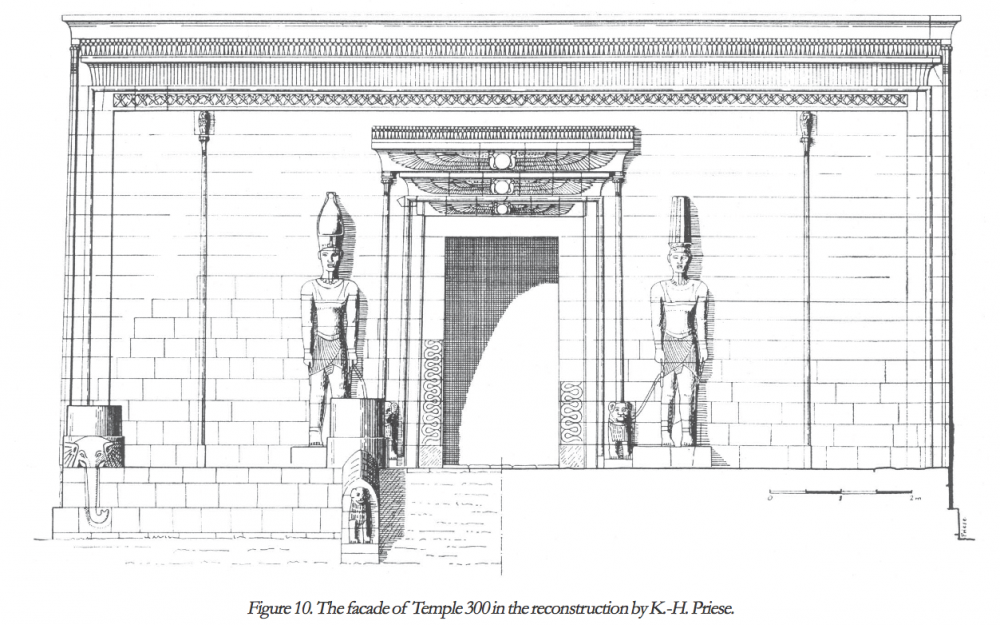
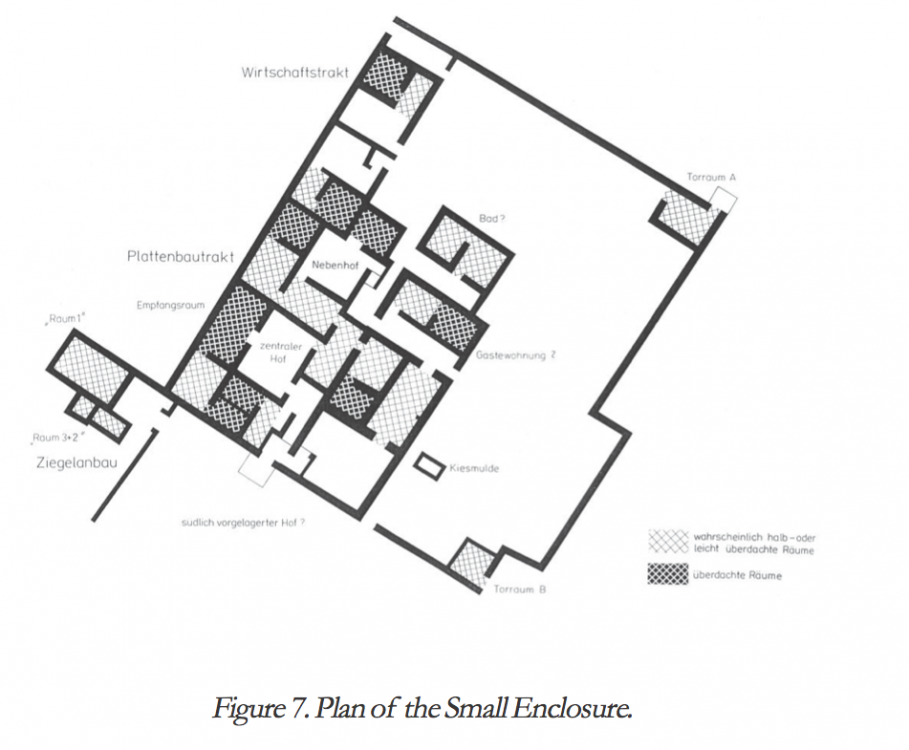
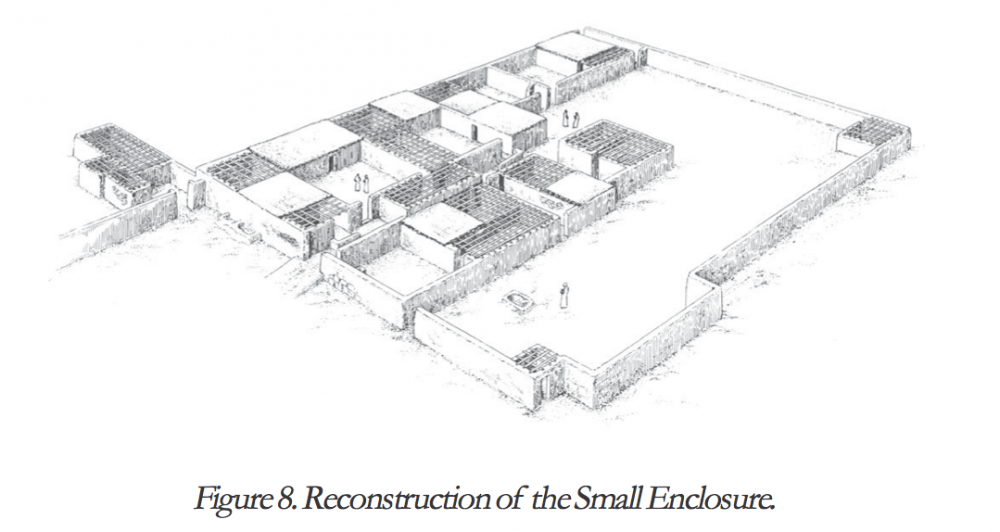
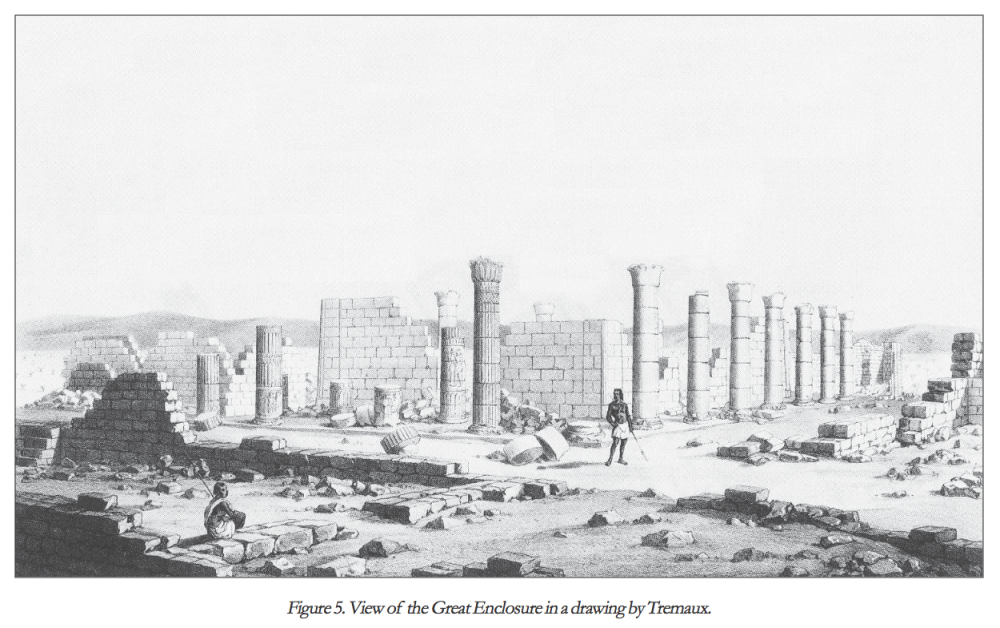
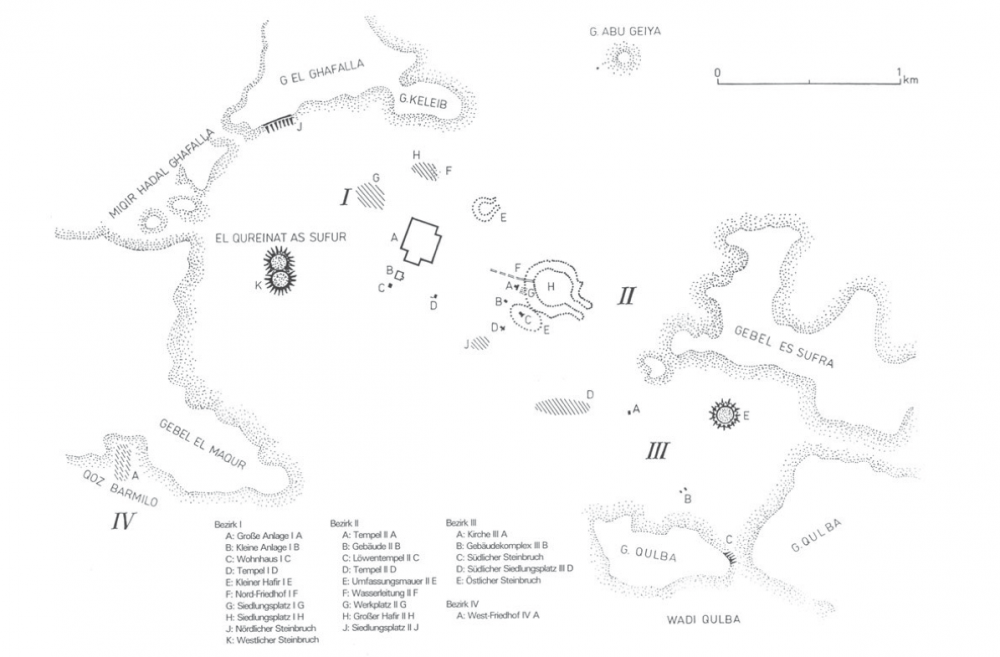
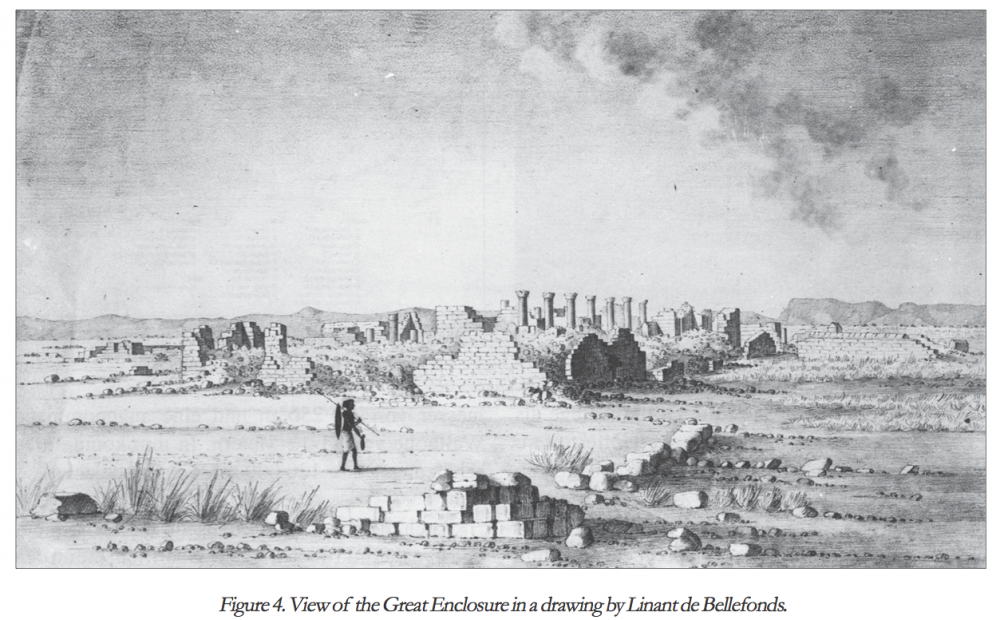
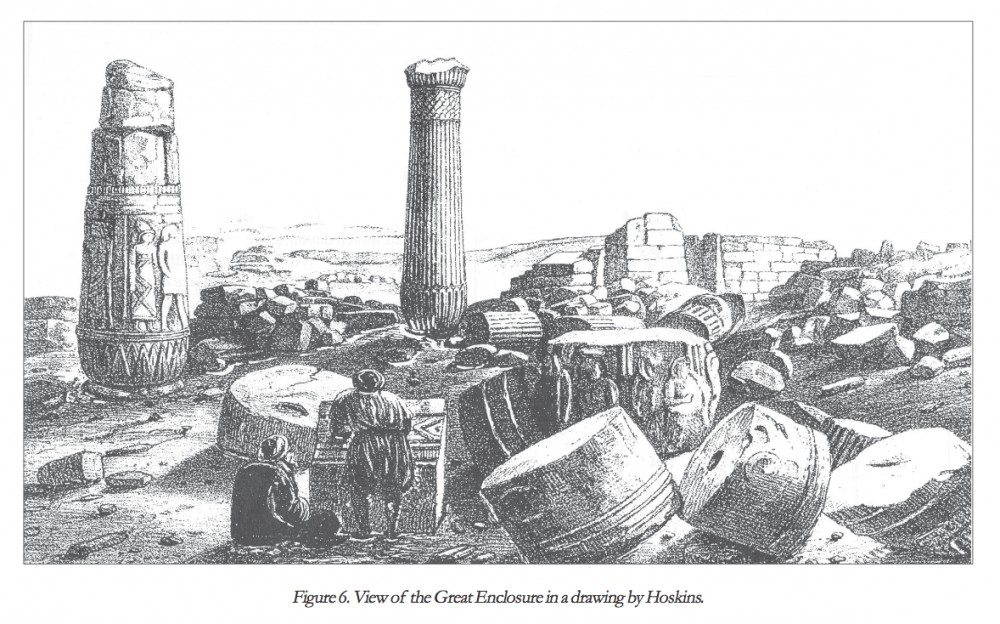
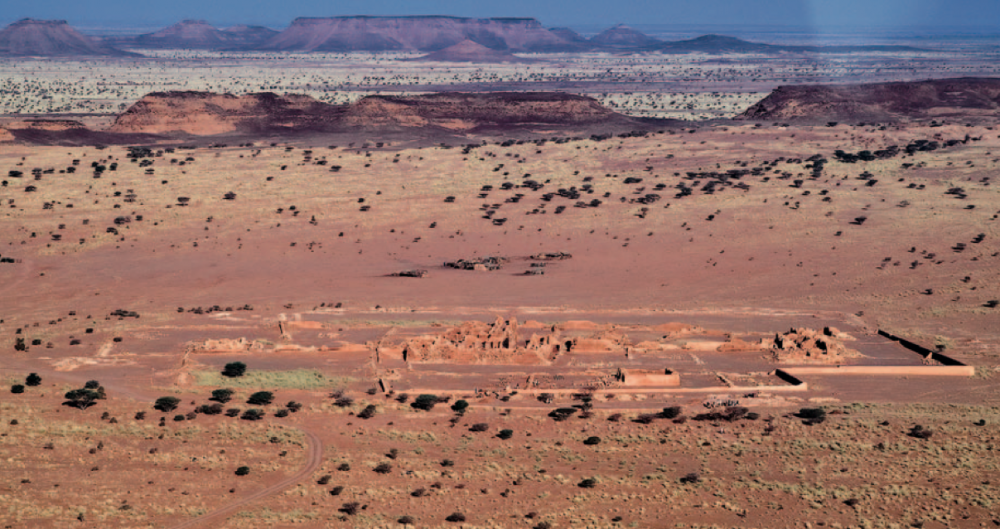

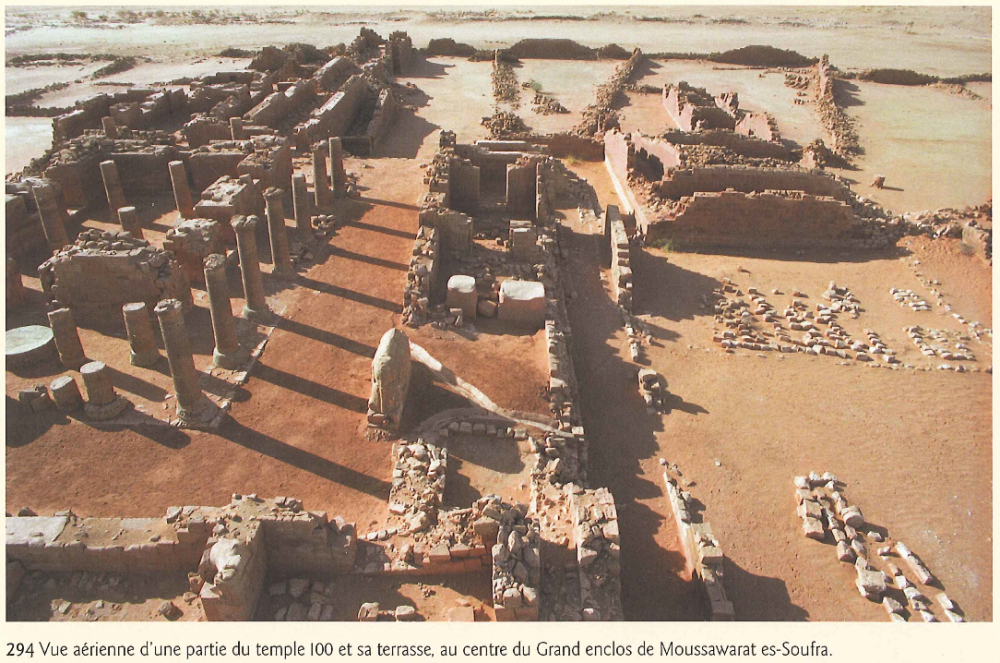
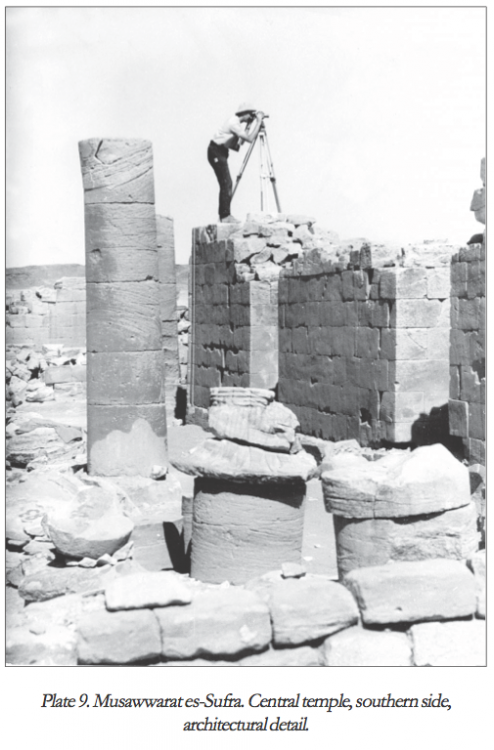
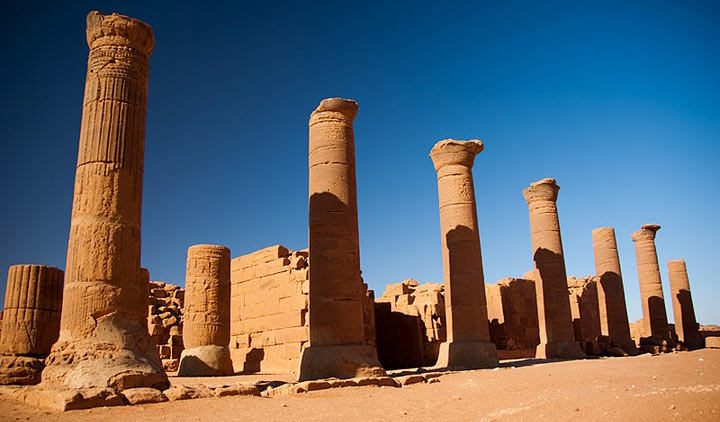
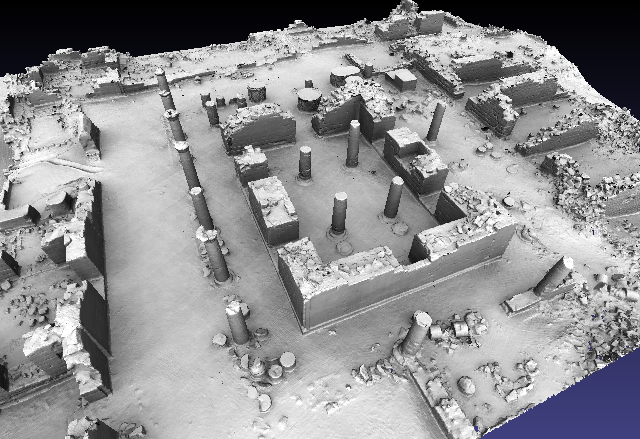
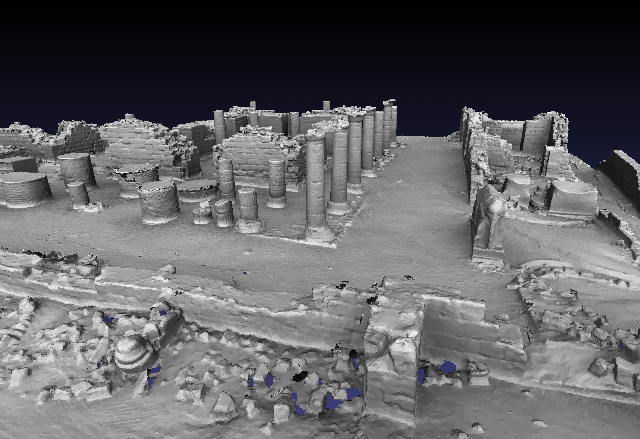
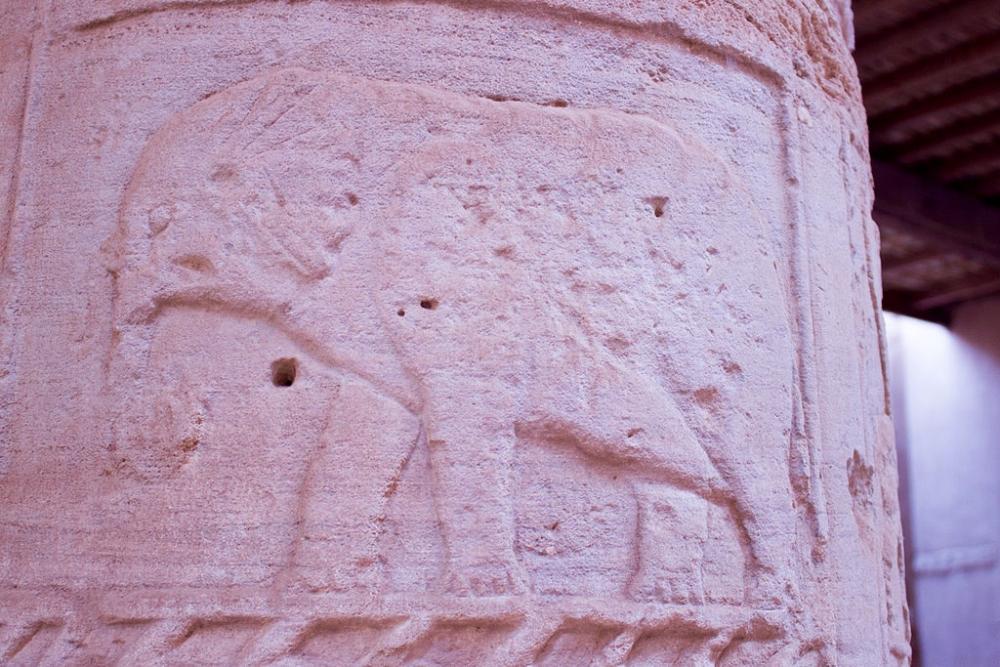
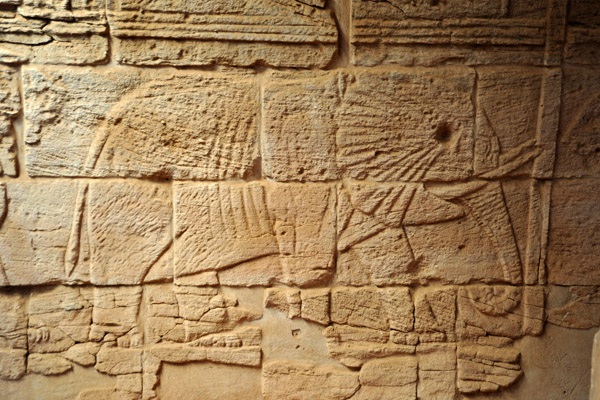
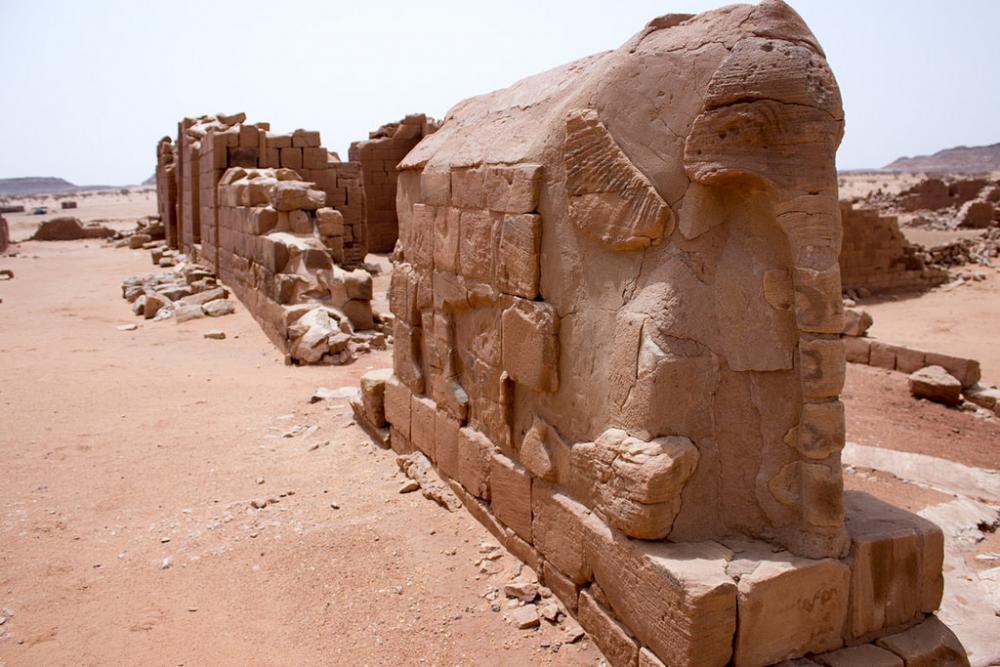

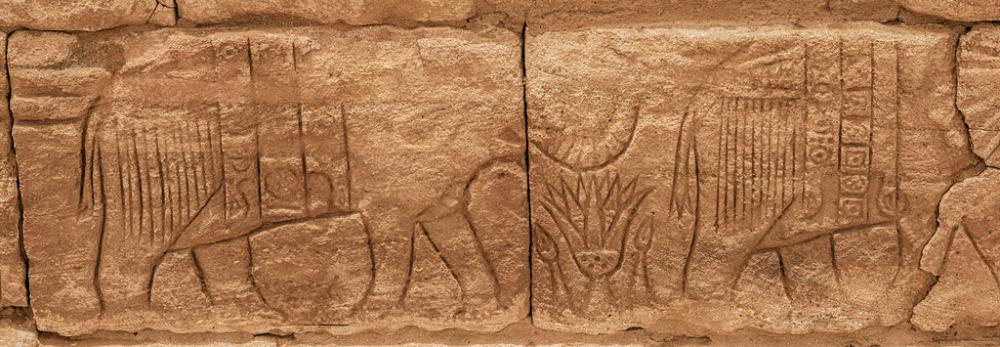
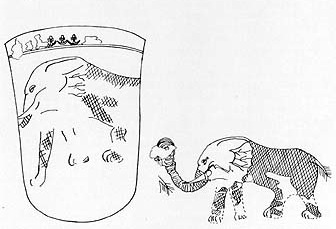
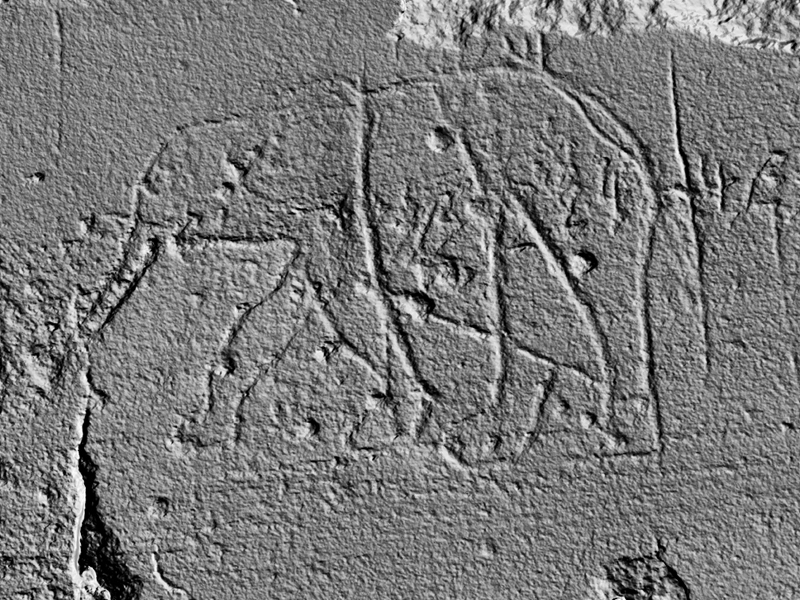
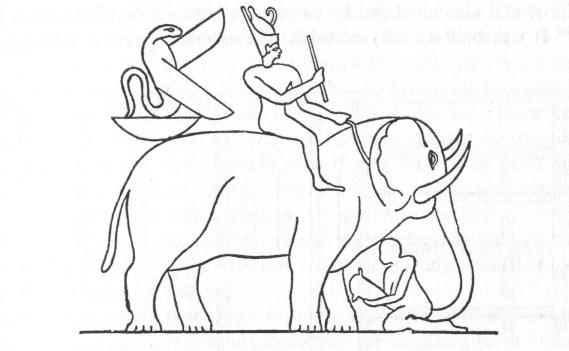
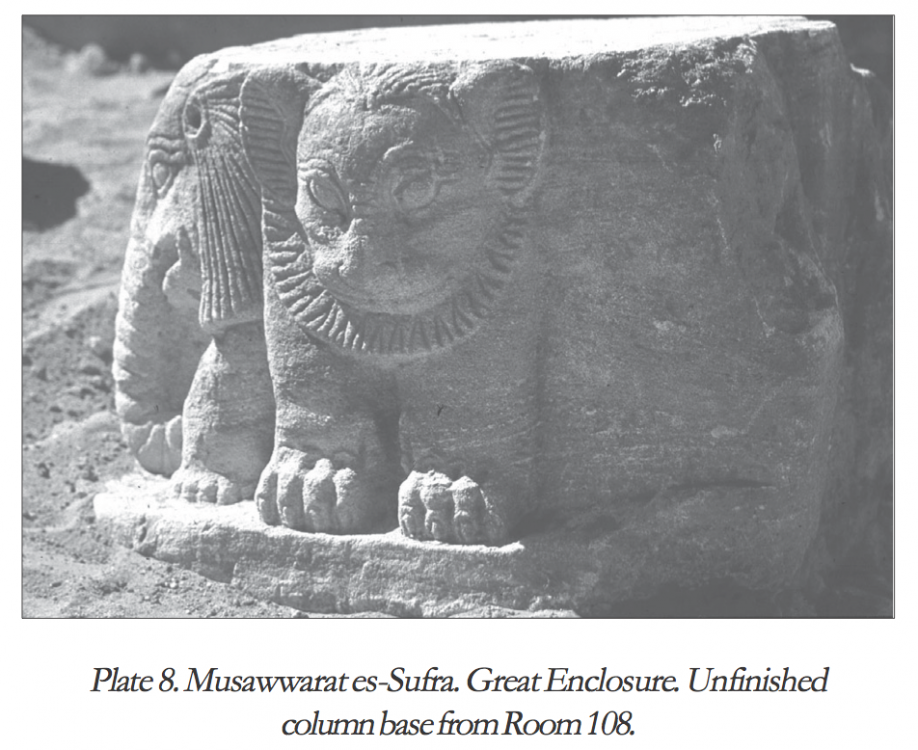
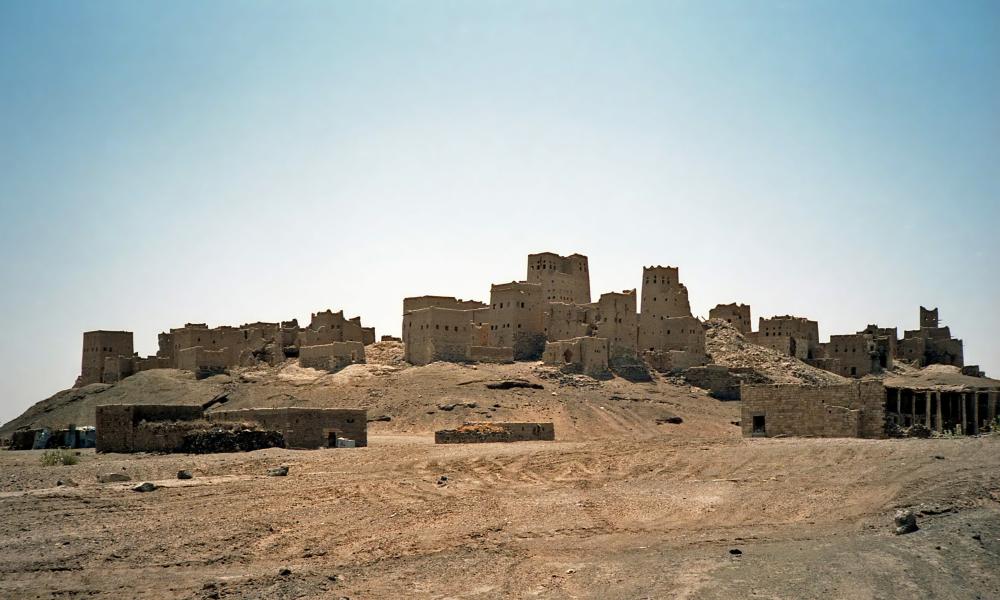
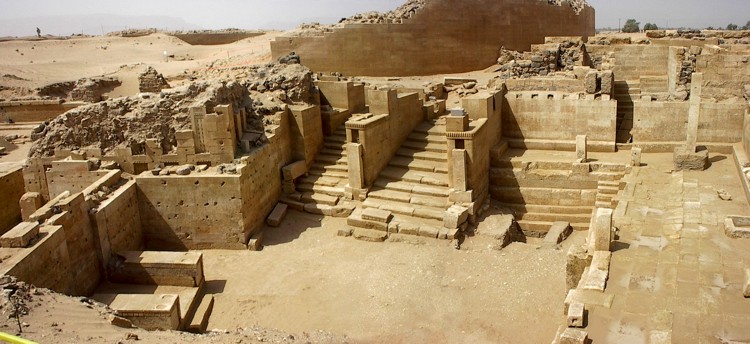
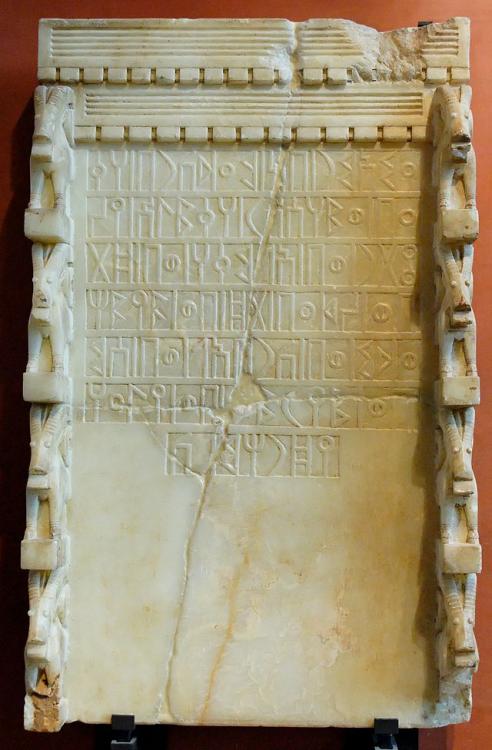
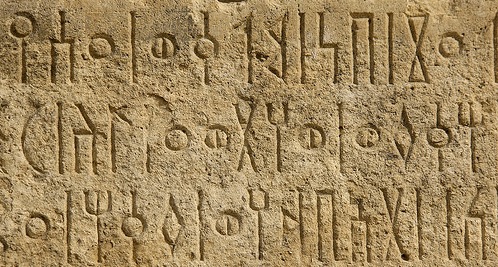
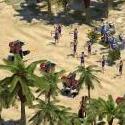


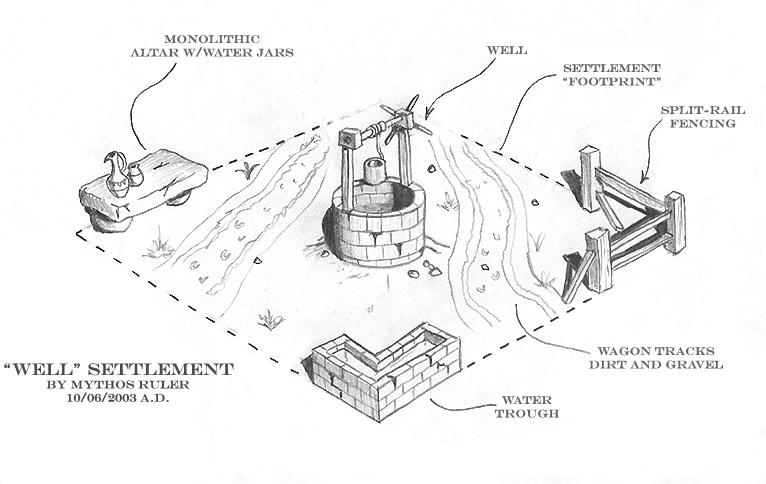
(1).thumb.gif.b5909d3df98a8ec15dc452423f219bc5.gif)


